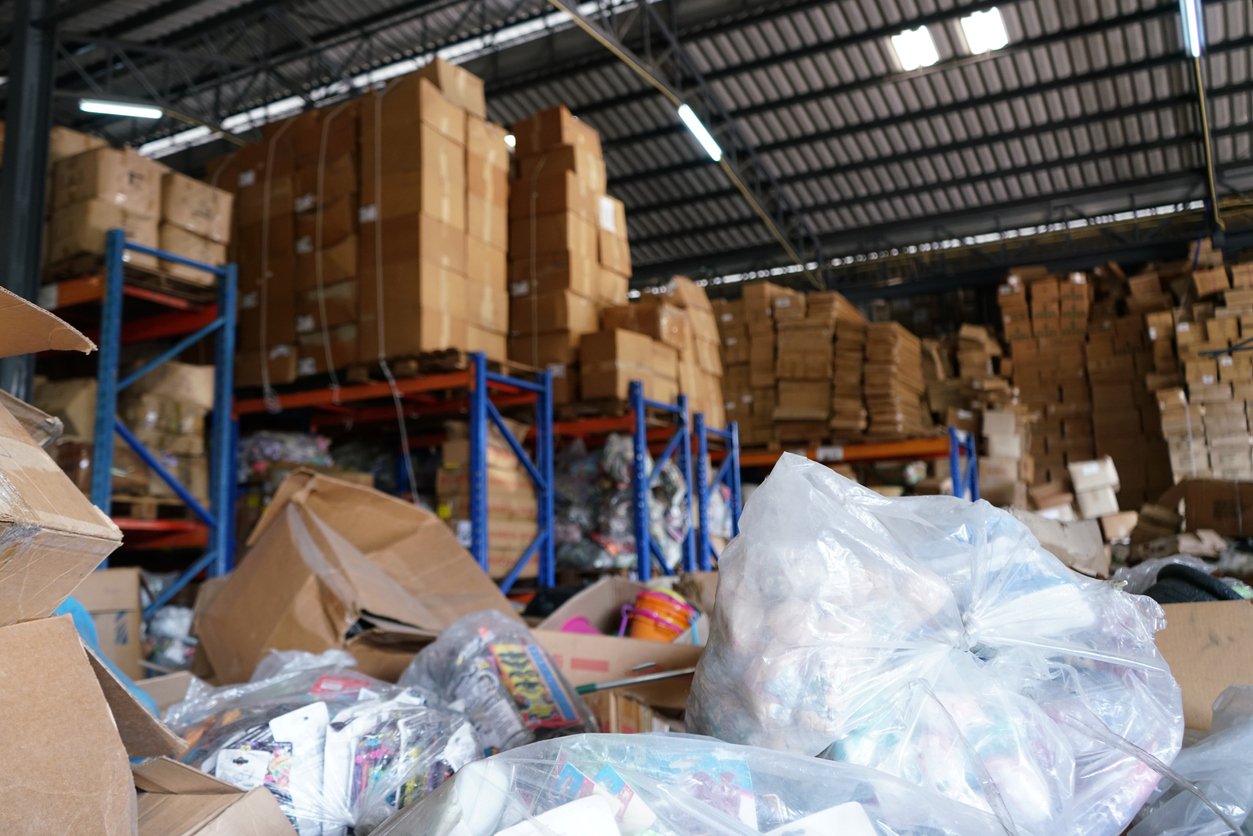
Excess inventory is our bread and butter. We’ve spent years discussing the challenges of – and solutions to – excess inventory with manufacturers, brokers, retailers, and consumers in the CPG space. One key learning is that many organizations struggle to clearly identify or define excess inventory.
So what is excess inventory in the first place, and why should you care?
Defining excess inventory
Excess inventory has a pretty simple definition. Excess inventory is any inventory that exceeds projected demand, and is therefore not expected to sell.
This can happen for any number of reasons, including inaccurate demand planning, seasonality, holidays, or viral consumer trends. Regardless, the challenge of excess inventory is what to do with it and how to recover as much cost as you can.
Excess inventory in food and CPG
While excess inventory exists in nearly every industry, it’s particularly impactful in the food, beverage, and CPG spaces. For one, perishability creates a much tighter timeline, and therefore more urgency.
Think about what happens if you overproduce household goods like pillows, socks or electronics. Sure, they will take up space in a distribution center and take a long time to sell, but they probably will sell eventually, and they won’t expire or go bad in the meantime. Compare that to yogurt, frozen vegetables or packages of bacon.
Second, food and beverage goods also come with consumer guarantee dates. The majority of food manufacturers not only want retailers to sell products that are still within code. They also want to make sure they’re sold far enough before their coded date that consumers have time to take them home, put them in a fridge or pantry, and eat them later. That means grocers are pulling stock 30, 60 or 90 days before they actually expire, increasing the impact of excess inventory and leaving even less room for error.
Why does it matter?
The most obvious impact of excess inventory is, of course, financial. Every item that goes unsold represents missed revenue. Not only that, but disposing of that product can be expensive, with transportation costs, dumping fees, and in some cases additional government fines for food waste.
Second, food waste is a huge problem from a social and economic perspective. With an estimated 38 million Americans facing food insecurity, dumping food raises ethical concerns. As consumers grow increasingly socially conscious, this can have a massive PR impact and damage a manufacturer’s brand image.

Finally, the environmental impacts of excess inventory – especially in food – are enormous. As food breaks down in a landfill, it emits methane, which has 20 times the impact on the environment that CO2 emissions do. On top of the methan emissions, excess food also means wasted energy and resources that went into making it. Think about fertilizer, water and soil; harvesting labor, temperature control and transportation; manufacturing and packaging… the list goes on. The environmental impact is so great that food waste actually outweighs the airline industry in terms of carbon footprint.
Open opportunity
The good news? There’s a lot you can do, not only to minimize excess inventory, but to make use of it and start recovering value. By selling into secondary channels, you can recover much of the cost of unsold goods. Discount grocery stores, brokers and liquidators purchase inventory opportunistically, and then often sell it into markets where consumers don’t have reliable access to grocery stores. That means both bottom line improvements and social impact.
It’s hard to overstate the impact that managing excess inventory can have for your business. KeHE Distributors increased their liquidation sell through rate by 20% with Spoiler Alert. For Danone North America, that number was 33%. In both cases, that means thousands or millions of dollars back for the organization.
That all starts by defining excess inventory and choosing to take an active role in managing it.
Want to learn more about excess inventory? Download our free ebook, 7 Truths About Excess Inventory in CPG.
.png?width=250&name=SpoilerAlert_WhiteLogo_LeftStacked%20(7).png)